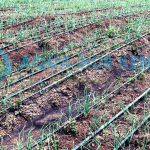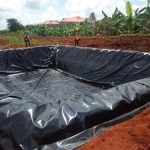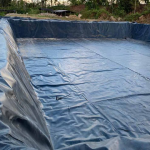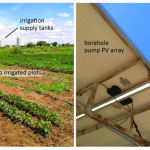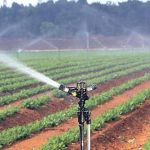Drip Pipes
Drip Pipes
Drip pipes, also known as drip irrigation pipes or drip lines, are a type of irrigation system that delivers water directly to the plant roots in a controlled and efficient manner. Drip irrigation is widely used in agriculture, landscaping, and gardening to conserve water, improve plant health, and maximize irrigation efficiency. Here’s an overview of drip pipes:
Function: Drip pipes are designed to deliver water slowly and directly to the plant’s root zone, minimizing evaporation and runoff. They provide a precise and targeted irrigation method that reduces water waste and ensures efficient water usage.
Structure: Drip pipes consist of flexible tubing made from materials such as polyethylene (PE) or polyvinyl chloride (PVC). They are often equipped with built-in emitters or drip emitters that release water at specific intervals and flow rates along the length of the pipe. The emitters can be pressure-compensating, allowing for uniform water distribution even in areas with varying pressure.
Emitter Types: Drip pipes can have various emitter configurations, including inline emitters, where emitters are integrated directly into the pipe, or integrated dripper lines, where emitters are pre-installed at specific spacing intervals. Some drip pipes may also feature self-cleaning mechanisms to prevent clogging of the emitters.
Installation: Drip pipes are typically installed along the plant rows or placed strategically around individual plants. They can be buried under the soil surface, placed on the ground, or suspended above the plants using stakes or supports. Proper installation ensures that the drip pipes deliver water directly to the root zone of plants.
Benefits: Drip irrigation with drip pipes offers several advantages over conventional irrigation methods:
- Water Efficiency: Drip pipes minimize water loss through evaporation, runoff, and overspray, leading to significant water savings compared to sprinkler or flood irrigation.
- Precision Irrigation: Water is delivered directly to the plant roots, reducing weed growth and allowing for more efficient plant uptake.
Drip pipes and drip irrigation systems can be designed and configured based on specific crop needs, soil conditions, and water availability. Consulting with irrigation professionals or referring to guidelines and best practices in drip irrigation is recommended for efficient design and installation.

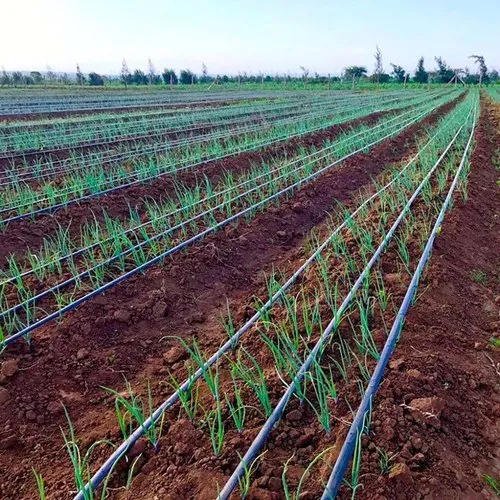
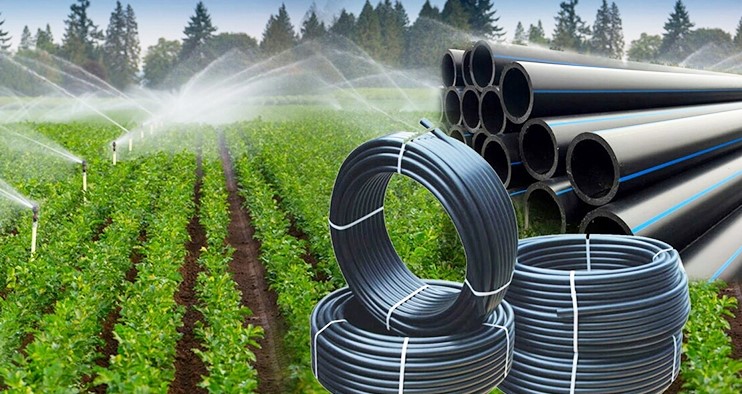

Our Location
- Merrob Siites in Kenya
- +254-(704)848672
- admin@merrob.co.ke
Case Studies
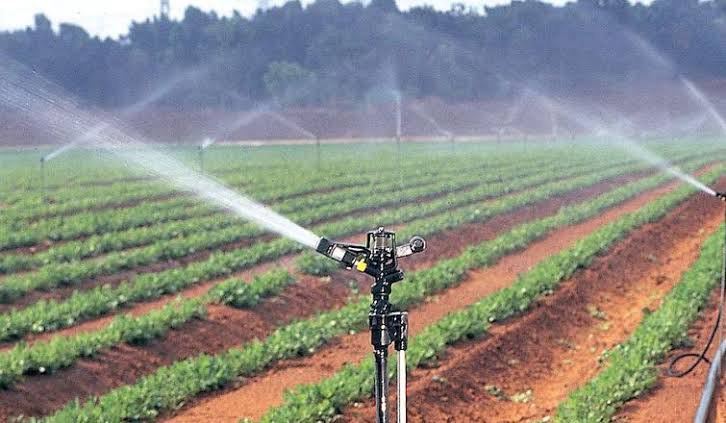
disperse water in a controlled manner over an area, typically used for irrigation purposes or fire suppression

Drip pipes, also known as drip irrigation systems or drip lines, are a type of irrigation system that delivers water directly to the plant roots in a slow and precise manner.
